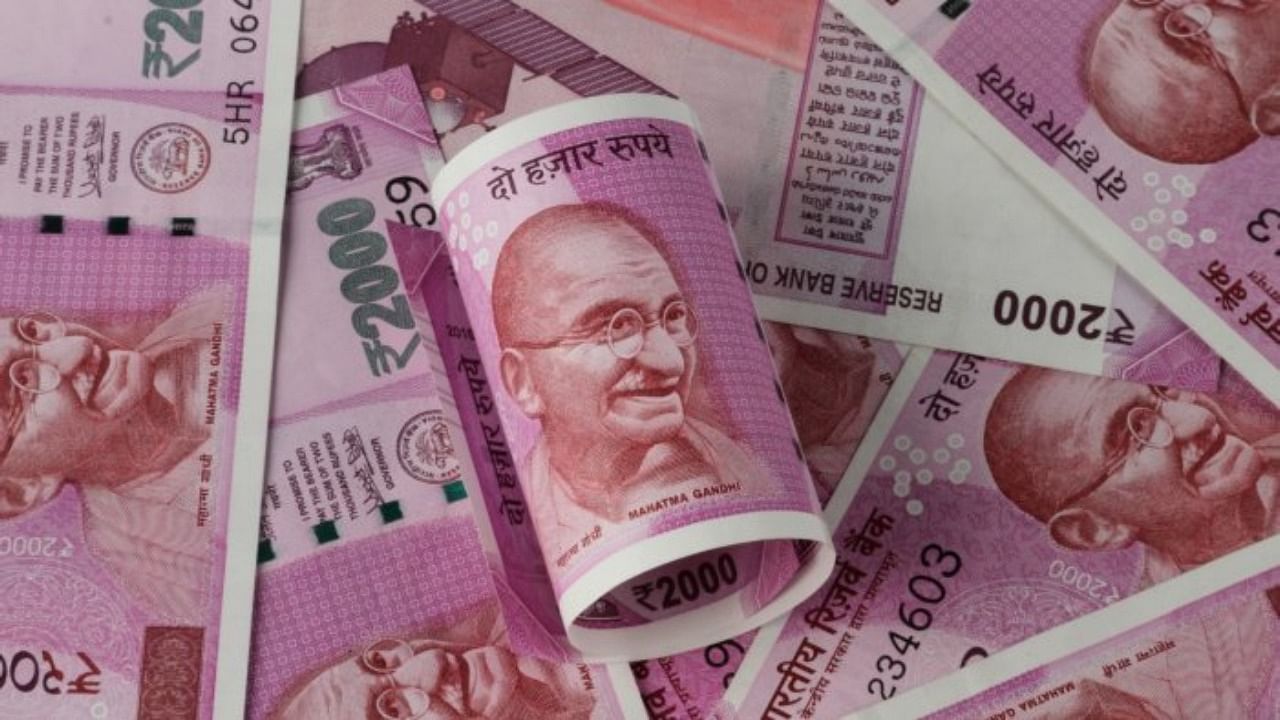
The pandemic had resulted in a significant shrinking of the pie (GDP), with the rich and the elite cornering a higher share of the smaller pie. Moreover, India has been on a slowdown
since the fourth quarter of 2017-18.
Budget 2022 was, therefore, expected to address both the issues of growth and distribution of the pie.
Has it?
Read more: Govt's subsidies to decline 39% to Rs 4,33,108 cr in FY22; to further drop next fiscal
While the economy has recovered to its pre-pandemic level, there are two worrying signs. Private consumption has not yet recovered while the expenditure on valuables (gold, etc) is at its highest level ever. It shows that while mass consumption is down, the rich and the
elite are buying more gold.
Economies grow if there is demand — domestic and foreign — for the goods produced in its factories. Given that exports are unpredictable currently, there was a serious need to focus on domestic demand.
A redistribution of income in favour of those who lost the most during the pandemic could not only have ameliorated their immediate condition, it would have started a virtuous cycle out of this low growth-high inequality path.
To be sure, there is a lot of emphasis on infrastructure spending in the Budget, which has been projected to rise by 37% when compared with 2020-21 Budget Estimates and 26% with Revised Estimates.
This will surely help but given these are generally capital- and import-intensive, their role in reviving mass demand and employment may be limited. This may crowd in private
investment but things are not so straightforward when the factories are running way below their capacity.
The axe, however, has fallen on welfare expenditures, which are redistributive in nature.
An excellent employment programme like the NREGA, which is needed more than ever in these difficult times, has been allocated the same nominal amount as the last budget, so a fall in real terms. Integrated Child Development Scheme (ICDS), food subsidies, DBT-LPG and many other redistributive schemes have either seen a sharp cut or an unnoticeable increase.
On the tax side, revenue mobilisation from customs is expected to rise by a whopping 56% from 2021-22 Budget Estimates. To be fair, the burden of mobilising revenues is shared by direct taxes but it remains to be seen whether corporate profits, with rising input costs, will remain as buoyant as the Budget expects them to be.
In a balancing act of growth and fiscal consolidation, the government has put all its eggs in the infrastructure basket at the cost of social welfare. If the growth and, therefore, tax revenues fall short of the expectation, the government may fall between two stools. It should have instead kept the goal of fiscal consolidation in abeyance till the economy had entered the virtuous cycle.
(Rohit Azad teaches economics at JNU)
Disclaimer: The views expressed above are the author's own. They do not necessarily reflect the views of DH.